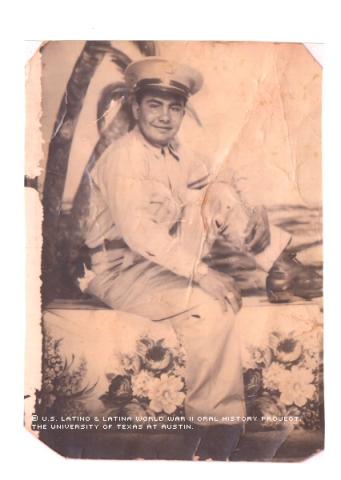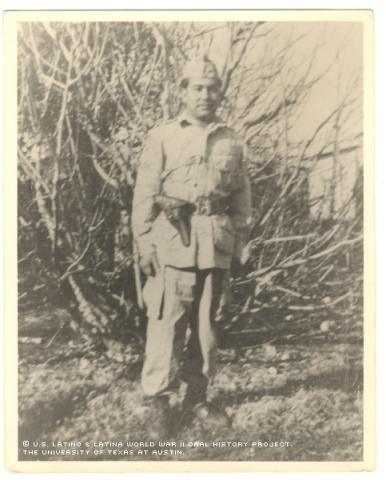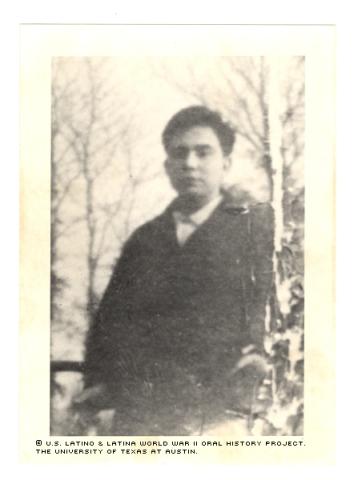


By Nilka Campos
Growing up during the Great Depression was difficult for Epifanio Salazar and his family. Like most others during the era, Salazar was unable to find work.
“We couldn’t make a living, so we would take whatever we could scratch – chicken, rabbits, deer,” he said.
So Salazar decided to join the Armed Forces and fight alongside thousands of other Americans in World War II. Though his father worried he could be killed, to Salazar, joining the Army was the only way to survive.
On June 6, 1944, he stormed the beach in Normandy, France, taking part in one of the most pivotal battles of WWII. And about two years later, he was sent home – alive and decorated with a Combat Infantry Badge, Airborne Wings, a Silver Star, Bronze Star, the Purple Heart, an EAME Campaign Medal with 3 Battle Stars, and Presidential Unit Citation.
Although he was only 17, Salazar left San Geronimo, Texas, on Jan. 12, 1943, and headed to Seguin, Texas, to enlist. When the doctor asked him for his age, he lied.
“I told him I was 18. He said I was OK,” Salazar recalled.
He was accepted into the Army and assigned to the Infantry Training Center at Camp Fanning in Texas. After basic training at Camp Fanning, where he was taught how to march, shoot and respect officers, Salazar was ordered to Camp Rucker in Alabama, to train with the 35th Infantry Division. When he arrived, he was given his uniform – shoes, khakis, socks, underwear and two hats – sent to the mess hall and given plenty to eat. He had no complaints.
The Army paid him $37 a month and instructed him on how to survive overseas.
“They taught us how to shoot people,” he said, “how to kill them good. If they move, [they said] shoot them again.” He learned quickly that if he didn’t shoot straight, he’d be sent back home.
While training at Camp Rucker, Salazar was recruited into the 305th Parachute Infantry Regiment of the 82nd Airborne Division.
“I didn’t know what it was,” he said. “They paid $50 a month to jump out of airplanes.”
After four weeks of training with the 82nd Airborne, the military gave him another uniform and sent him into his first combat experience, in Sicily, Italy. His troops made their way through Italy and North Africa to Southampton, England, where they’d remain until D-Day. Salazar laments the beautiful houses they encountered along the way that his troops destroyed in order to survive.
And when asked about his experience on Normandy Beach, he responded in his understated way: “We did pretty good.”
His combat tour ended during the invasion of Holland, where he received a gunfire wound to his right knee and left shoulder. He was discharged July 24, 1946, at the rank of Technician Fifth Class.
Back home, he immediately proposed to Maria Magdalena Gallegos. He worked as a barber for 20 years, and now lives in San Antonio, Texas. He and Maria have a son, four daughters, three grandsons and 4 granddaughters.
Mr. Salazar was interviewed in San Antonio, Texas, on March 13, 2005, by Francisco Cortes.

